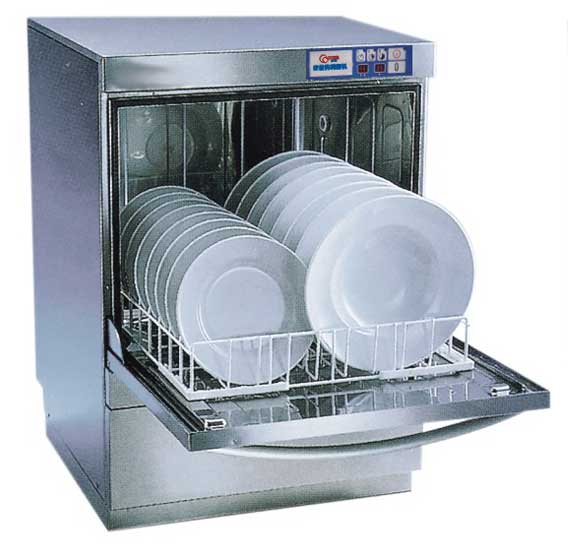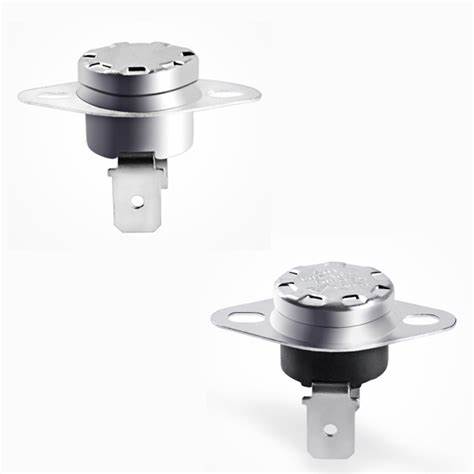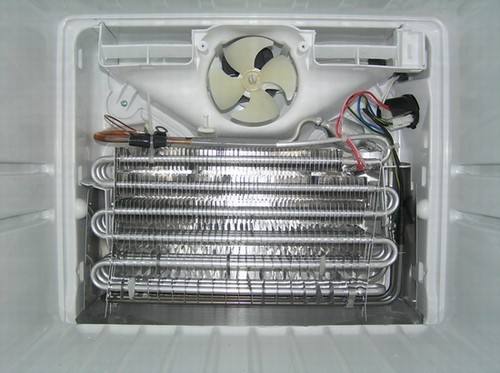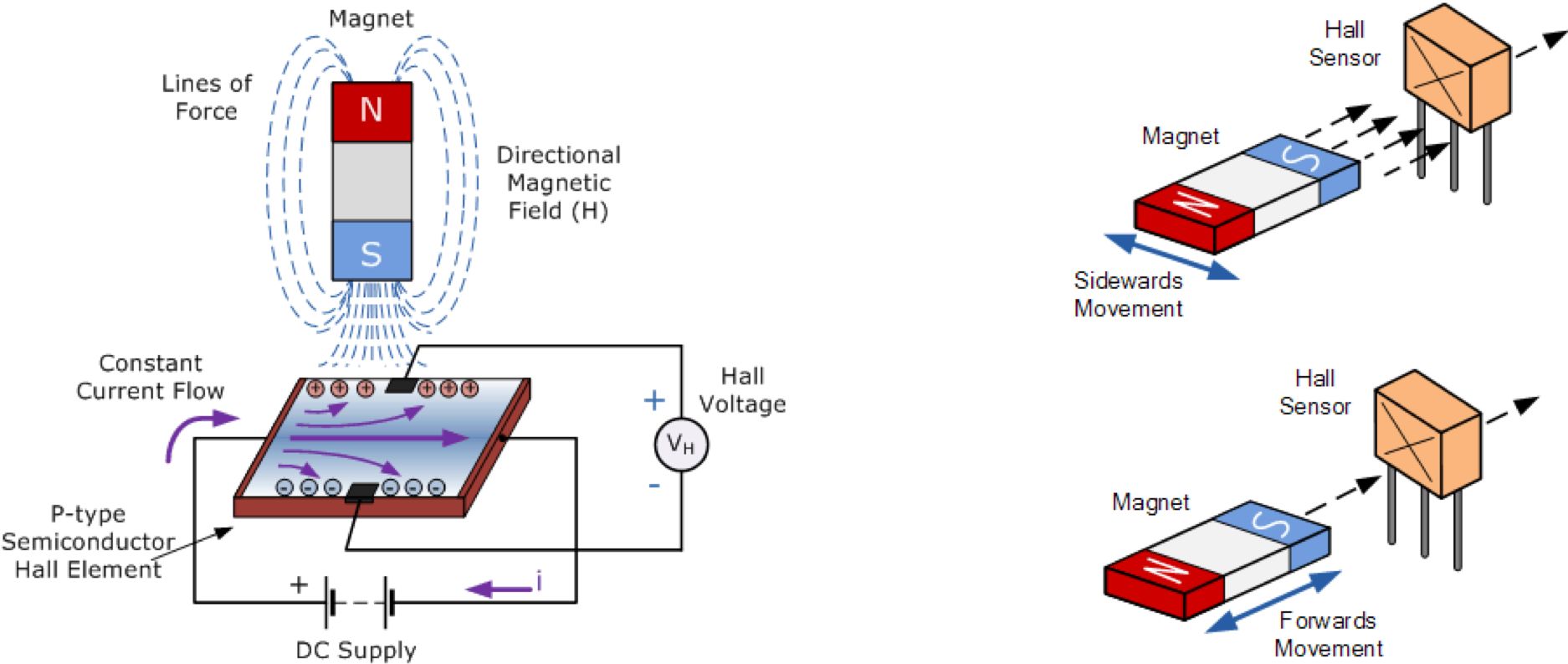News
-

The Application of Bimetal Thermostat in Small Household Appliances — Dishwasher
The dishwasher circuit is equipped with a bimetal thermostat temperature controller. If the working temperature exceeds the rated temperature, the contact of the thermostat will be disconnected to cut off the power supply, so as to ensure the safety and reliability of the dishwasher. In order t...Read more -

The Application of Bimetal Thermostat in Small Household Appliances — Water Dispenser
The general temperature of the water dispenser reaches 95-100 degrees to stop heating, so the temperature controller action is needed to control the heating process, rated voltage and current is 125V/250V, 10A/16A, life of 100,000 times, need sensitive response, safe and reliable, and with CQC,...Read more -

Three Thermistors Divided by Temperature Type
Thermistors include positive temperature coefficient (PTC) and negative temperature coefficient (NTC) thermistors, and critical temperature thermistors (CTRS). 1.PTC thermistor The Positive Temperature CoeffiCient (PTC) is a thermistor phenomenon or material that has a positive temperature coeffi...Read more -

Classification of Bimetallic Thermostat Temperature Controllers
There are many kinds of bimetallic disc temperature controller, which can be divided into three kinds according to the action mode of contact clutch: slow moving type, flashing type and snap action type. The snap action type is a bimetal disc temperature controller and a new type of temperature c...Read more -

The Application of Bimetal Thermostat in Small Household Appliances — Microwave Oven
Microwave ovens need Snap Action Bimetal Thermostat as overheating safety protection, which will use temperature resistant 150 degrees bakelwood thermostat, and high temperature resistant ceramic thermostat, electrical specifications 125V/250V,10A/16A, require CQC, UL, TUV safety certificate, n...Read more -

How Do Magnetic Proximity Switches Work
Magnetic proximity switch is a kind of proximity switch, which is one of the many kinds in the sensor family. It is made of electromagnetic working principle and advanced technology, and it is a kind of position sensor. It can change the non-electric quantity or electromagnetic quantity into th...Read more -

The Structure and Types of Refrigerator Evaporator
What is a refrigerator evaporator? The refrigerator evaporator is another important heat exchange component of the refrigerator refrigeration system. It is a device that outputs cold capacity in the refrigeration device, and it is mainly for “heat absorption”. Refrigerator evaporato...Read more -

Common Heating Elements and Their Applications
Air Process Heater As the name suggests, this type of heater is used to heat moving air. An air handling heater is basically a heated tube or duct with one end for the intake of cool air and the other end for the exit of hot air. The heating element coils are insulated by ceramic and non-conducti...Read more -

Temperature Sensor Working Principle and Selection Considerations
How Thermocouple Sensors Work When there are two different conductors and semiconductors A and B to form a loop, and the two ends are connected to each other, as long as the temperatures at the two junctions are different, the temperature of one end is T, which is called the working end or the ho...Read more -

About Hall Sensors: Classification and Applications
Hall sensors are based on the Hall effect. The Hall effect is a basic method to study the properties of semiconductor materials. The Hall coefficient measured by the Hall effect experiment can determine important parameters such as the conductivity type, carrier concentration and carrier mobility...Read more -

Types and Principles of Air Conditioning Temperature Sensors
——The air conditioner temperature sensor is a negative temperature coefficient thermistor, referred to as NTC, also known as a temperature probe. The resistance value decreases with the increase of temperature, and increases with the decrease of temperature. The resistance value of the sensor is ...Read more -

Classification of Home Appliance Thermostats
When the thermostat is working, it can be combined with the change of the ambient temperature, so that physical deformation occurs inside the switch, which will produce some special effects, resulting in conduction or disconnection. Through the above steps, the device can work according to the id...Read more
